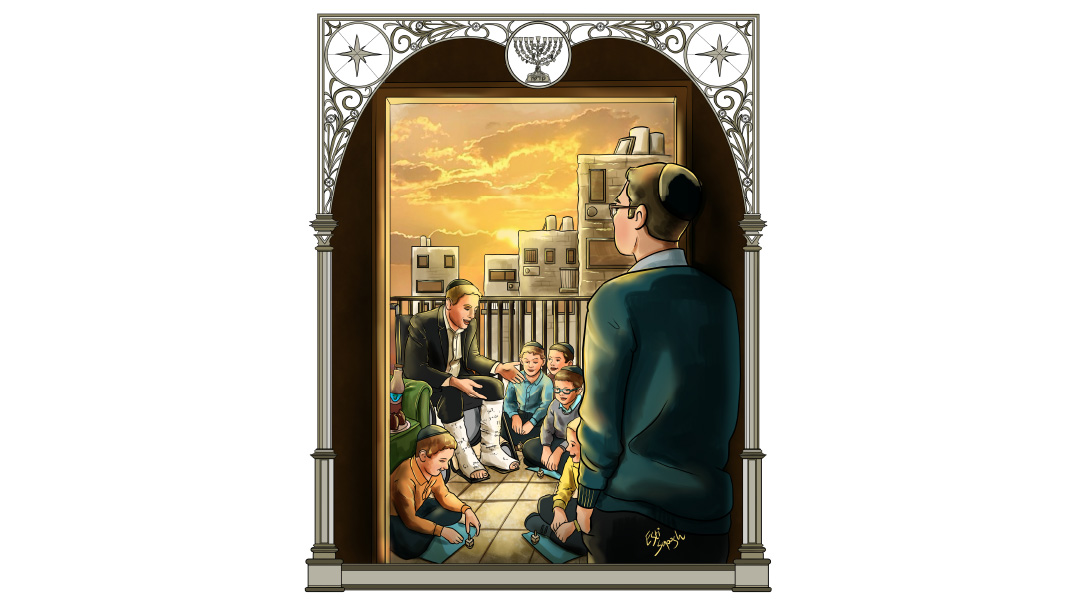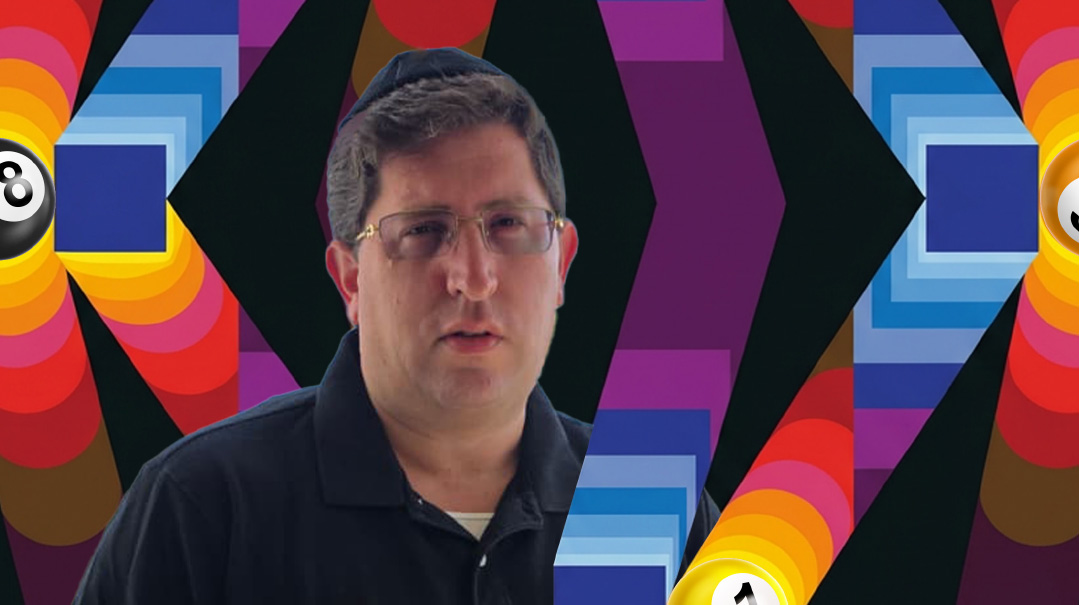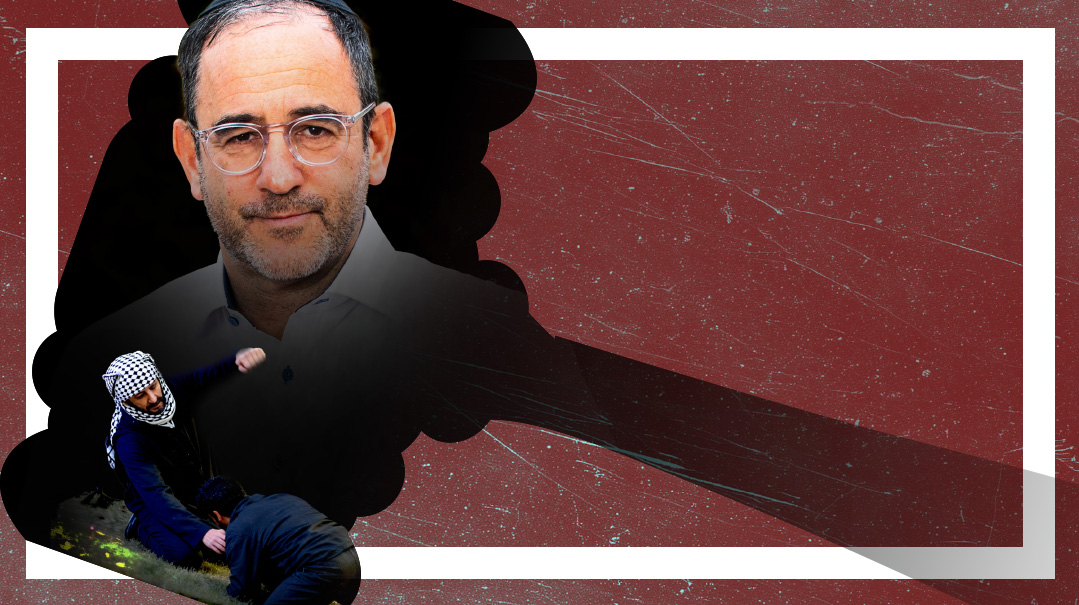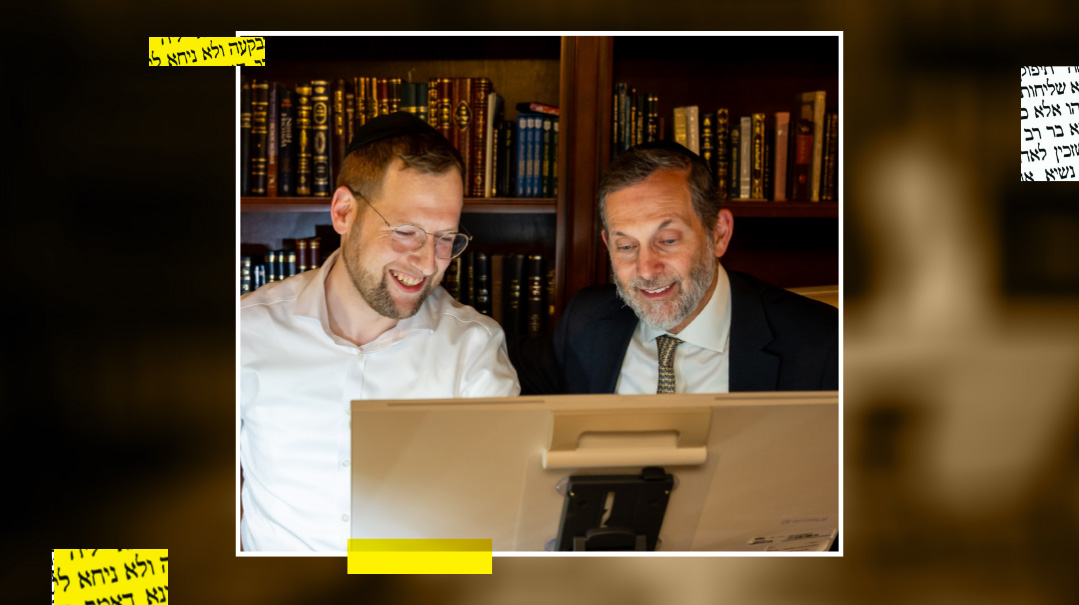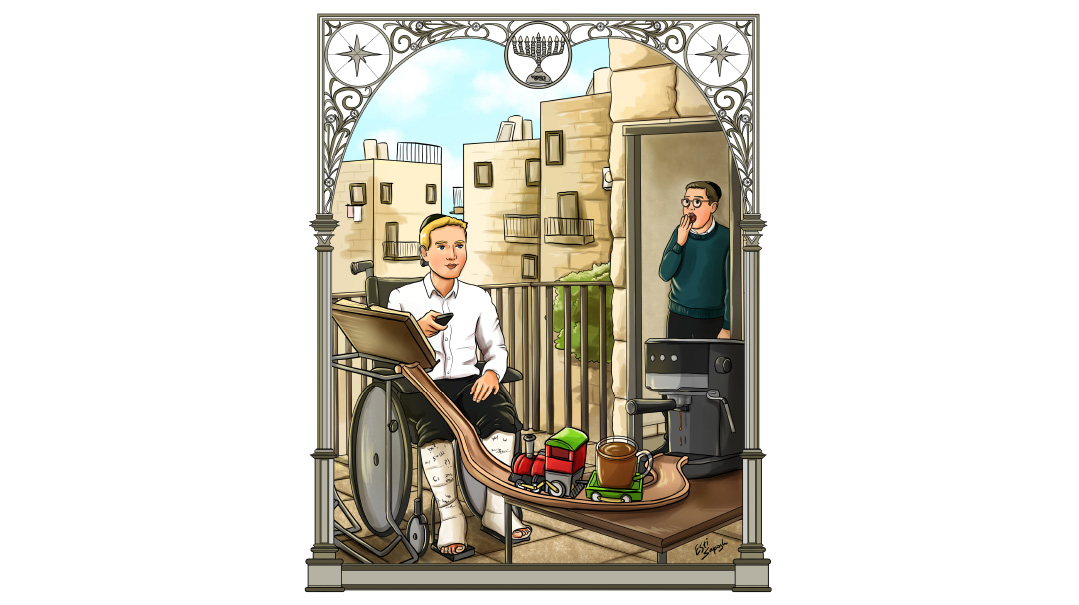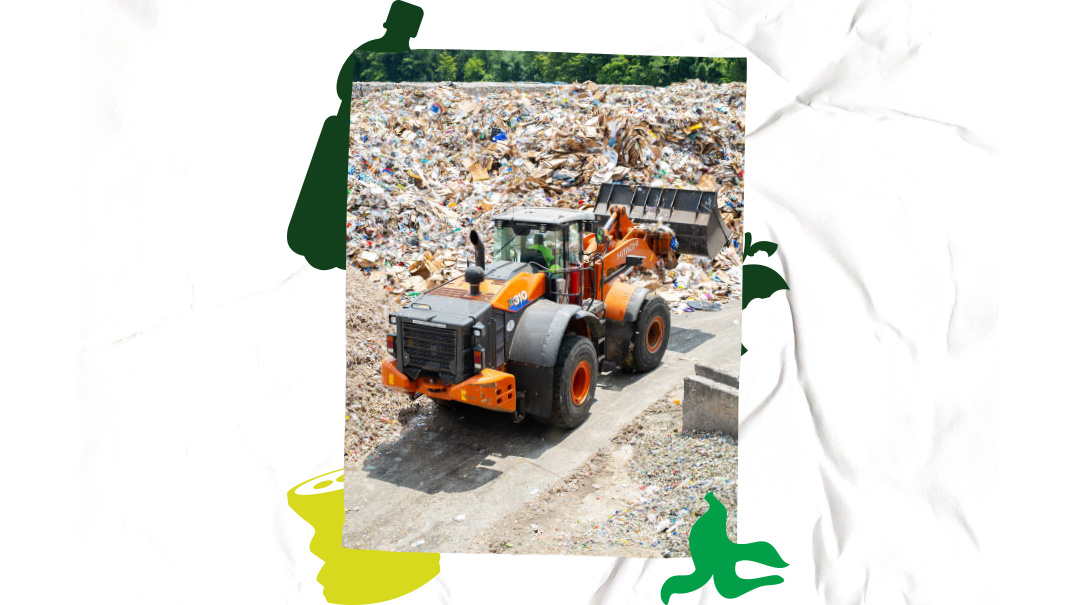Unpacking Agudah’s Attic
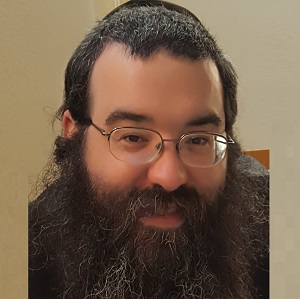
Rabbi Moshe Kolodny guards the forgotten treasures of a lost world
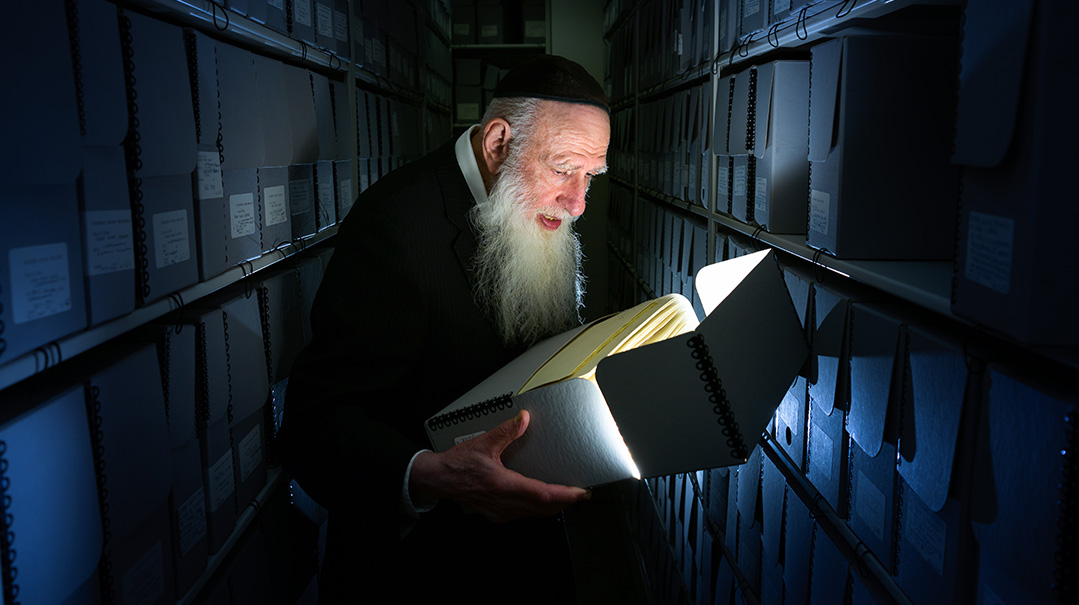
Photos: Naftoli Goldgrab
Fourteen stories above Lower Manhattan, in an unexceptional room at the far end of a hallway in Agudath Israel’s headquarters, is Rabbi Moshe Kolodny’s fiefdom. Surrounded by 100,000 books, documents, photos, and audio recordings, the heroes and villains, the bravery, the malevolence, and quirkiness of the human race, are at his fingertips.
“He knew all these things before Google,” Rabbi Labish Becker, Agudah’s executive director, tells me.
But Rabbi Kolodny could have one advantage over Google — his memory might be better.
When Mishpacha writer Dovi Safier was conducting research for his article last year on Rav Leib Malin, he did an exhaustive search for an elusive recording of the Beis Hatalmud rosh yeshivah’s levayah. He finally called Rabbi Kolodny.
“No, I don’t have the recording,” Rabbi Kolodny said. “But I was there.”
He then proceeded to recite Rav Yisroel Gustman’s hesped of Rav Malin, word for word, by heart.
“To me,” says Safier, who loves to spend time among the archive’s treasures, basking in Rabbi Kolodny’s knowledge, “it was one of the most powerful parts of the article. It was the night before I closed the article, and it was the last thing I put in. He really made it all come together.”
“Rabbi Kolodny’s knowledge of American Orthodoxy is only surpassed by his kindness,” says Dr. Zev Eleff, president of Gratz College and a noted frum researcher and historian. “On so many occasions, Rabbi Kolodny welcomed me into the archives, talked about the old days at Chaim Berlin, and shared the treasures that he and the Agudah have collected over the decades.”
Classes visit. Researchers comb its shelves. A bookworm could be busy for a month there. The smell of paper is intoxicating.
“You have to be interested in this,” Rabbi Kolodny muses. “If you’re not interested in it, then it’s boring. But if you are interested...” His voice trails off in nostalgic delight. “It’s a kosher yetzer hara.”
Rabbi Kolodny, who lives in Flatbush, didn’t offer his age, and I didn’t ask. But he had Rav Yitzchok Hutner as rosh yeshivah and Rav Avigdor Miller as mashgiach, which would put him in his mid-80s. His thin face is framed by a snow-white beard, and he speaks with a Brooklyn twang.
The walls of the room, which I estimated is about 40 feet by 40 feet square, display large, nearly life-sized photos of Jewish life of the past — girls in studious concentration at Bais Rochel of Williamsburg in the 1960s, a line-up at Yeshiva of Eastern Parkway in 1965, celebrating Succos in the then-heavily Jewish neighborhood of Brownsville in 1949, the pushcart market on Osbourne Street (today called Mother Gaston Boulevard) in Brownsville, a 1935 rally on Division Avenue in Williamsburg.
“Who knows what they were protesting?” Rabbi Kolodny says with a shrug.
Pictures, I notice, are ubiquitous at Agudah’s offices. The long hallway leading to its conference room is festooned with historical imagery, and every room has photos of gedolim or bygone events. If the Capitol in Albany has its Hall of Governors, Agudah has its Hall of Gedolim.
One large picture depicts, in surprisingly high-resolution, the 1923 Knessiah Gedolah in Vienna, which came back into the headlines several years ago when footage was discovered of the Chofetz Chaim, the Chorktover, and other gedolim at the event. Faces and other details were readily recognizable, as was a sign near the entrance declaring “Rauchen Verboten” — the original “no smoking” sign.
I notice one remarkable detail I hadn’t seen before — organizers set up a press section in the front of the hall, where writers sat, pens in hand.
“Yossel Friedenson told me,” Rabbi Kolodny says, observing my reaction, “that the Agudah events had the yekkehs there, so they were more organized and had a press section. But the Zionists were all Russian, so they didn’t think of this. That’s why the Agudah conventions had more press than the Zionist conventions.”
Oops! We could not locate your form.

